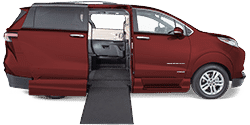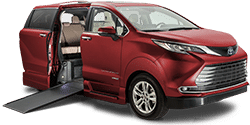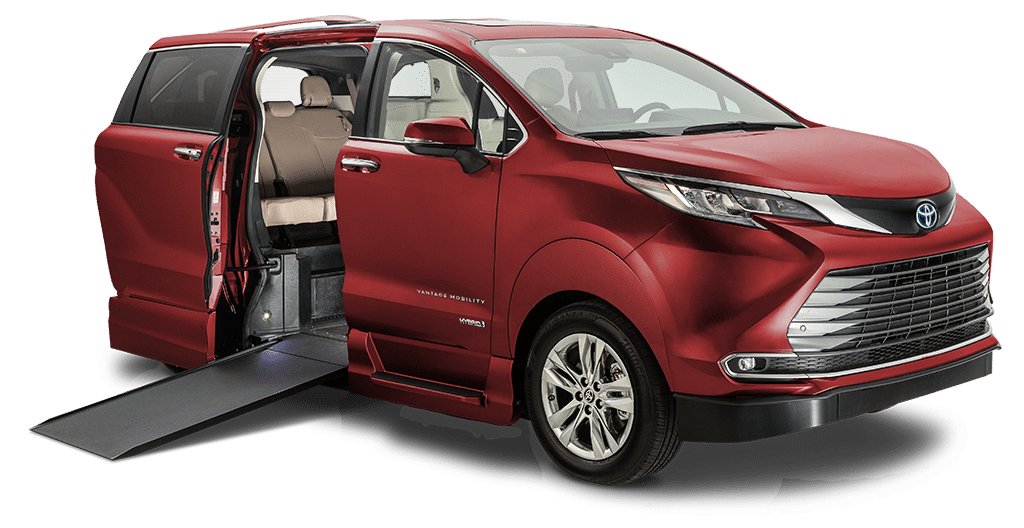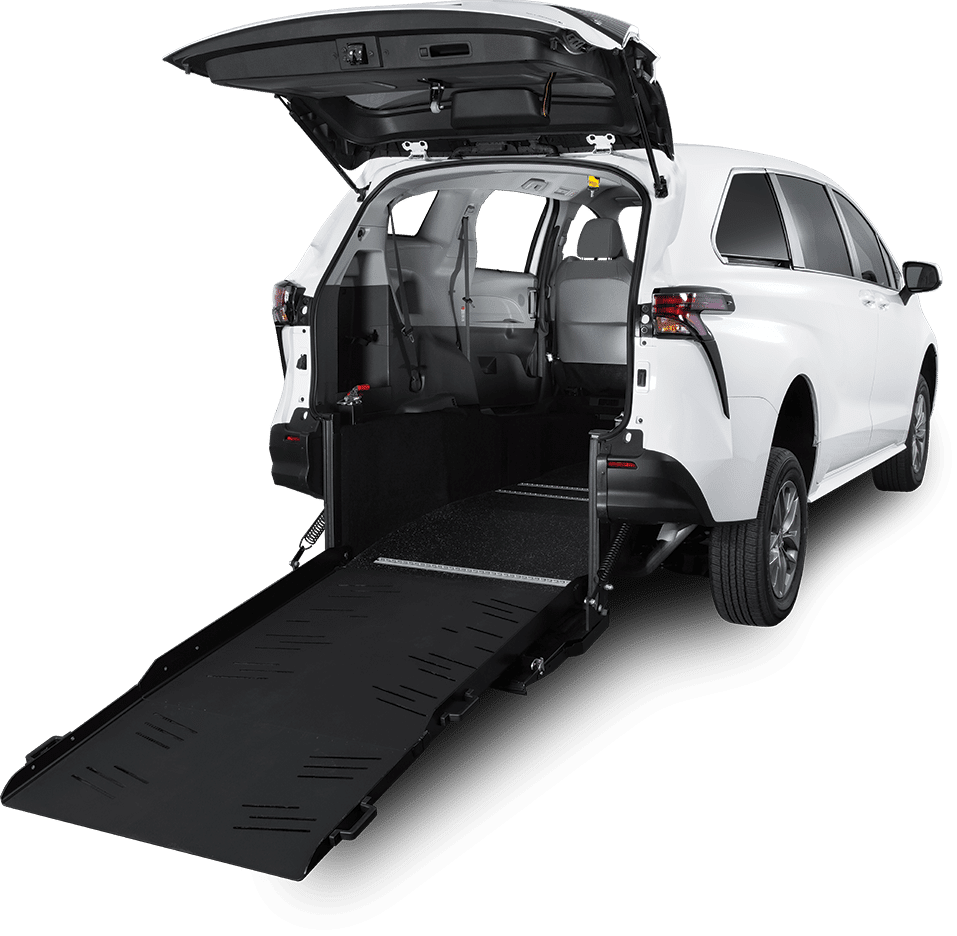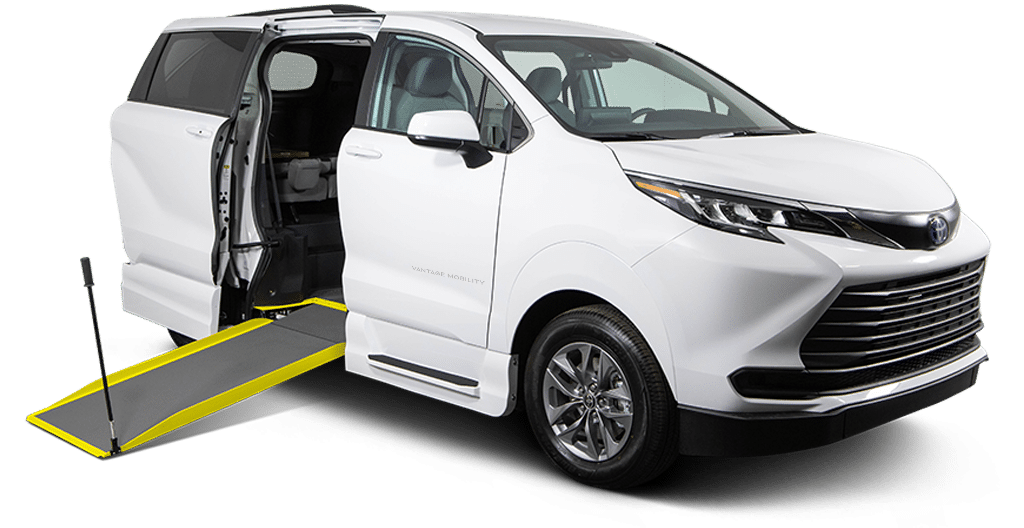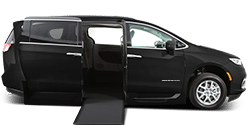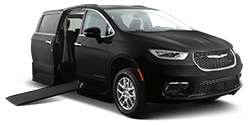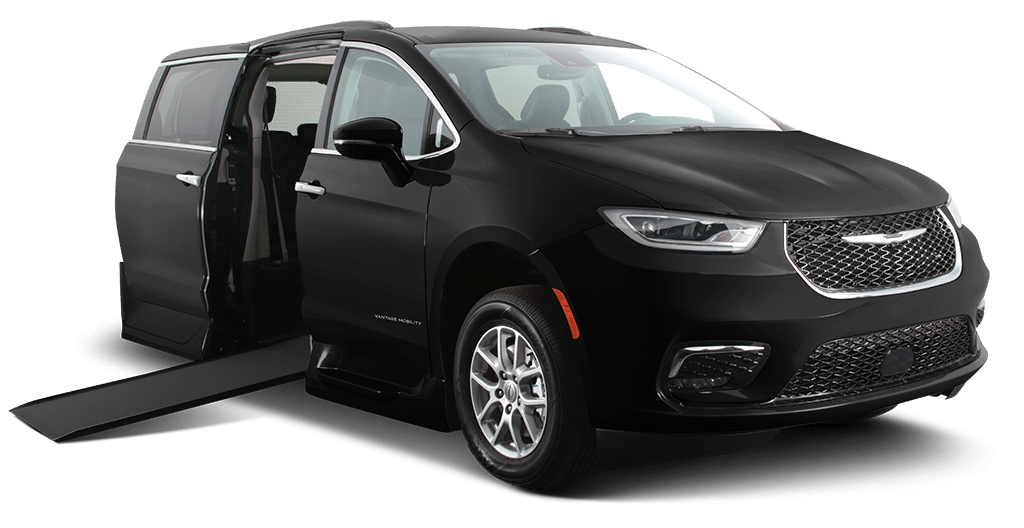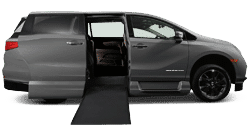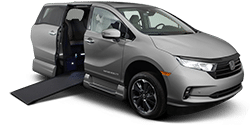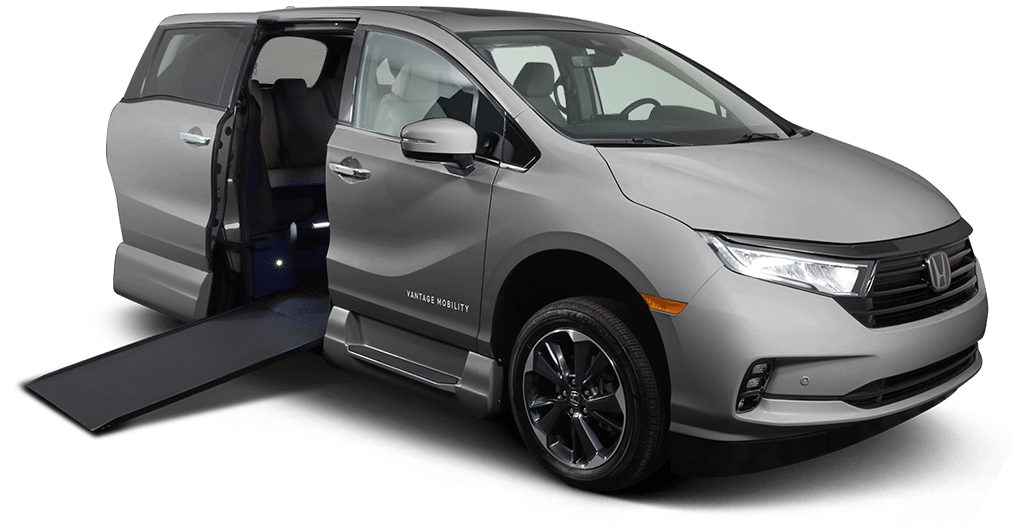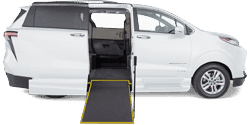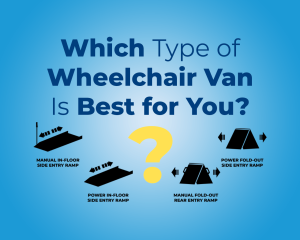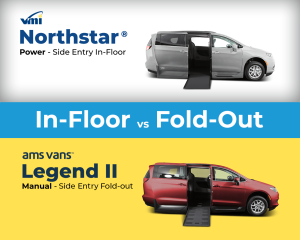Most places you go, you’ll spot disabled parking spaces that will likely be open. The iconic blue logo and the striped white paint make them pretty easy to find near building entrances. For people with disabilities and their caregivers, these spaces are more than convenient: they’re a must.
Where to Find Disabled Parking Spaces
Businesses all provide accessible parking spots to serve any customers or employees with disabilities. By design, these spaces must provide the shortest and most accessible route to the entrance of a building or facility.
More than that, what defines these accessible parking spaces and routes is how they accommodate wheelchairs. For example, people in wheelchairs should not have to cross a vehicular lane or attempt to get between cars. When done right, these accessible parking spaces should enable passengers to navigate to the entrance of a building without a hassle.
That’s why many accessible parking spaces are located directly next to a building. But when disabled parking spaces aren’t next to the building, or the accessible route crosses traffic, marked crossing areas are typically provided.
But the presence of a sign isn’t the only thing you should look for. The striped white paint, the size of the space, and marked sign may signal their use.
If you look carefully, you’ll see that there are three distinct types of disabled parking spaces for drivers to use. Each of these spaces has unique identifying factors you should be aware of so you can make the most courteous parking decision on your next outing.
Accessible Parking Spaces for Cars
These designated accessible parking spaces are for people with disabilities in a standard vehicle. They are easy to spot for the everyday driver. Here’s what to look for:
- A sign to mark their location for all drivers to see
- Level groundwork for steady wheelchair paths and crutch landing
- They have at least a 60-inch aisle next to the parking space for added room
Each of these accessible parking spaces for cars gives a person using a wheelchair or other assistive devices enough room to enter or exit the vehicle. These parking spaces make the most sense for people recovering from injury, or anyone who may have crutches for a short period of time.
Accessible Parking Spaces for Vans (One-Sided Entry)
People with disabilities need much more room when they arrive in a wheelchair-accessible van. Thankfully, there are spaces set aside for these larger vehicles and the need for more space. This translates into additional parking space at the side of the vehicle to let people with wheelchairs enter, exit, and lower a ramp or wheelchair lift.
Here’s how you spot a one-sided-entry disabled parking space:
- Each has a white-striped access aisle on the passenger side
- It’s 96 inches wide, making for easy parking and even easier van exits
- The disabled parking sign for these spaces are marked as “Van Accessible”
- Higher vertical clearance to accommodate van height, especially next to the access aisle
Accessible Parking Spaces for Vans (Two-Sided Entry)
The two-sided-entry parking space has all of the specifications of a one-sided-entry space, but it’s characterized by also including access aisles on both sides of the vehicle, allowing for the most convenient parking option of all three accessible parking space types. This allows for the disabled driver or passenger to easily enter and exit from either side of the van with enough space to maneuver.
Ever wonder how many van accessible parking spaces exist in a parking lot? The rule of thumb is that for every six accessible parking spaces, one space must be van accessible. This means that a parking lot with 400 total spaces needs eight accessible spaces, and two of those eight spaces must be van accessible.
Any disabled person can park in these spots, whether they arrive in a van or not. However, if you don’t have a van and there are other standard handicap spaces available, please be courteous and park in a standard accessible parking space instead.

